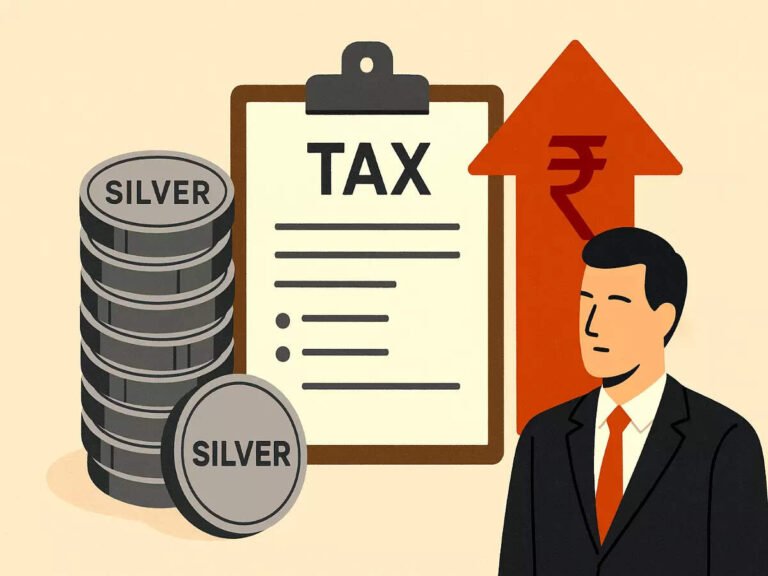Before that, let’s have a look at the popular forms of silver investments.
Physical silver
Physical silver is a tangible form of the white metal that includes, jewellery, bars and coins. This is the most popular form of silver investment and can be bought from jewellers, banks and exchanges..
Silver ETFs
Silver ETFs follow the price of 99.9 pure silver and invest in physical silver and silver-related instruments. As silver prices rise, the rate of an ETF’s net asset value (NAV) also rises, resulting in investors’ benefit. When the silver price falls, the ETF NAV price also decreases. Like its physical form, silver ETFs are considered a good investment option for the long term.
For small-ticket investors, silver ETFs are one of the simplest and most cost-effective ways to invest in silver as many fund houses offer systematic investment plan (SIP) in silver ETFs, which can be started with Rs 500.
Digital silver
This provides investment in silver without holding it in its physical form. Each unit of digital silver is backed by the same amount of real silver. It represents the physical gold stored securely in vaults. Investors can buy or sell digital gold through digital platforms offered by banks, fintech firms and other investment providers. This is also a small-ticket investment, as investors can buy digital silver with as low an amount as Rs 100.
How will your earnings from silver be taxed?
Anita Basrur, Partner, Sudit K. Parekh & Co. LLP, explains various ways of how earnings from different forms of silver are taxed.
Anita says the tax rules for silver are not always straightforward and can depend on whether you hold physical silver (in the form of jewellery, bars, or coins) or silver ETF and the period of holding. Hence, understanding the tax implications is crucial for making informed investment decisions and ensuring proper compliance.
How are earnings from physical silver taxed?
If physical silver is sold within 24 months, the capital gain on such a sale will be treated as short term (STCG) and would get taxed at the slab rate.
In case these are held for more than 24 months, the gain on such sale would be treated as Long-Term Capital Gains (LTCG). Further, if it is purchased on or after 23rd of July 2024, the same will be taxed @ 12.5% without the indexation benefit and if purchased prior, taxation would be @20% with indexation.
STCG, LTCG tax on earnings from silver mutual funds and ETFs
Silver ETFs & mutual funds (if invested in equity) sold within 12 months are considered as STCG and taxed at slab rates, and otherwise LTCG and taxed @12.5% without indexation.
TDS on large transactions from selling silver
Typically, TDS does not get attracted on the sale of silver in any form. However, TDS provisions can be triggered in case of payments to non-residents under Section 195, depending on the tax treaty and the nature of income earned by such person. Also, in some cases, TDS provisions could get attracted u/s 194Q if the value exceeds Rs 50 lakh and the turnover of the buyer exceeds Rs 10 crores.
GST on silver jewellery, bar and coins
A 3% GST is applied on the value of metal, i.e., in the form of a bar or coin or jewellery; and a 5% GST is applied on making charges of jewellery.

